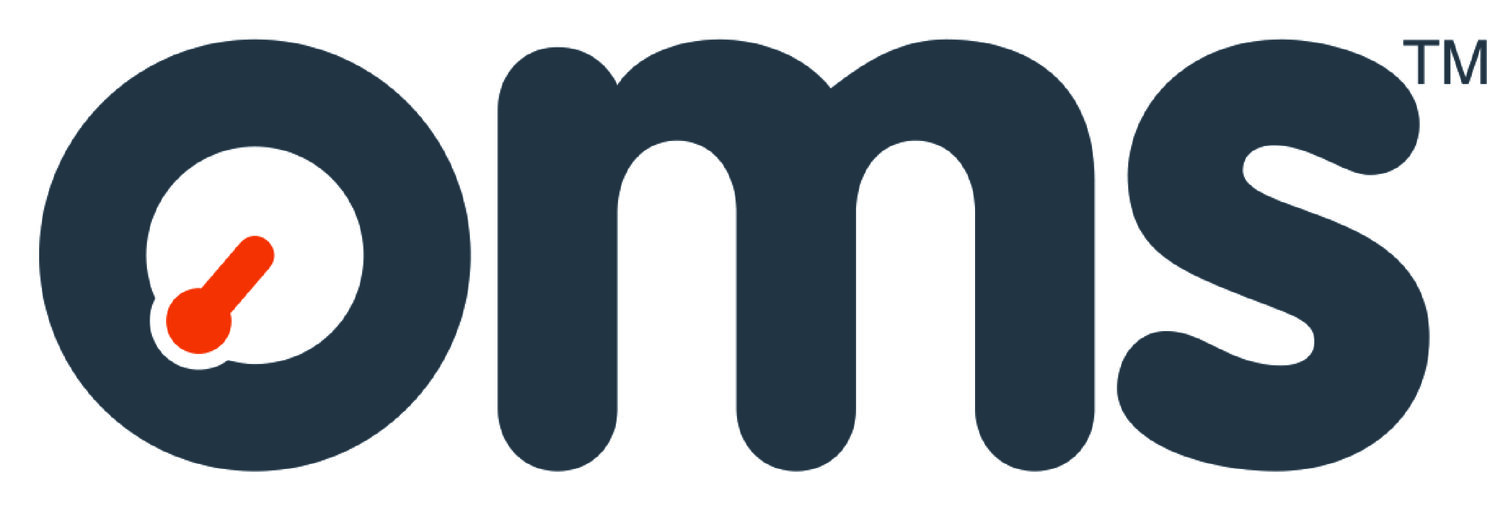The evolution of a highly effective pipe weld inspection service
Our latest pipe weld inspection system can virtually drive itself to a weld, inspect it and send the resulting information to the cloud to be interrogated or stored anywhere in the world. Developing a service like this takes time.
Where it all began
In 2009, OMS was approached by a customer to inspect pipe welds in spool pieces for the Kashagan Field project in the Caspian Sea (the largest field discovery in the past 30 years and the largest outside of the Middle East). OMS were contracted to complete the works following a failure from another supplier who was unable to inspect the welds to the required level. Following this, OMS were repeatedly required to advance our technology further to inspect more complex spool pieces.
Our first iteration used a single point laser to scan across the pipe weld and build up a 2D cross-section. It repeated this process around the entire pipe weld to build up a set of cross-sections spot check samples. Further iterations of this scheme added a second device that aligned a set of images with the 2D data to provide a complete set of information for the customer. Later versions of the equipment had to operate under high temperatures and around tight bends. One of our tools is the smallest of its type in the world and can measure pipes as small as 60 mm diameter. When the information required is of key importance the scanning time of up to five minutes to scan a weld is usually acceptable but further advances were needed and came about through changing the type of laser we were using.
Laser type
The latest OMS pipe weld inspection systems use a light stripe laser able to scan thousands of stripes around the pipe circumference to build up a complete 3D map of the pipe weld and the surrounding area. Our system includes an integrated HD camera, rather than relying on a second scan with a camera, reducing the pipe weld scan time to one minute.
Pipe analysis software
Our pipe weld inspection software, WeldAnalysis, detects the majority of pipe weld defects automatically, removing any need for operators to scrutinise defects manually. Defects are highlighted to the weld inspector through a number of visualisation schemes and algorithms, ensuring efficient pipe lay production.
WeldAnalysis software
Visual inspection lighting
Camera lighting and detection of the colour of certain types of oxidation defect caused by a poor purge is of critical importance. By careful selection and positioning of the lighting schemes together with specific colour set-up software and hardware OMS have been able to provide our customers with repeatable images to assessed pipe weld problems.
Pipe weld inspection at Station 2
Pipe welds need to be inspected at some distance from the point of welding. OMS developed technology, the Auga, which allowed scanning of a weld at any point along a two metre section of the pipe. The tool had to be sufficiently robust that other equipment could be mounted on it and exert considerable strain through the device. The Auga has been used during 24 hour production cycles offshore for months at a time.
In-line pipe weld inspection tool, the Auga
Smaller the better
We created a smaller and lighter version of the Auga, the Auga Lite, which was able to work close to the line-up clamp. The Auga Lite has been deployed on a project and measured over 20,000 welds offshore in the Middle East.
Integration
OMS provides a customer with an integrated weld scanning technology as part of their proprietary welding system. We created this tool with its own intelligence and were able to assist them in the fine tuning and operation of their welding head initially and immediately following welding to inspect the weld to the highest quality. Other particulars of this variant included argon cooling for temperature management as well as top-quality lighting, leading to almost zero set-up of the system’s optics during use.
Robotics
We deployed our equipment via a robotic system inserted through a 20” access point and then driven up to 180 metres to a location where it was able to assess welds and corrosion by expanding to be centralised in the pipe. The tool employed another innovation – using high strength fibre optic cables for all data and power supply requirements. This scheme allows inspection at distances of up to one kilometre.
Nomad inspection tool
Automation
The Auga Node, a self-driving version of the Auga Lite, is our latest innovation. In this scheme the device moves itself into location by use of its powered wheels which adapt to pipe size and shape variations, removing the need to rely on push rods or other methods of moving.
Auga Node
Our pipe weld inspection service has evolved slowly and is based on careful analysis of our customers’ requirements. Each new innovation has pushed the limits of possibility further – we are now able to respond to the vast majority of customer needs and our technology has been used worldwide to inspect tens of thousands of welds.





